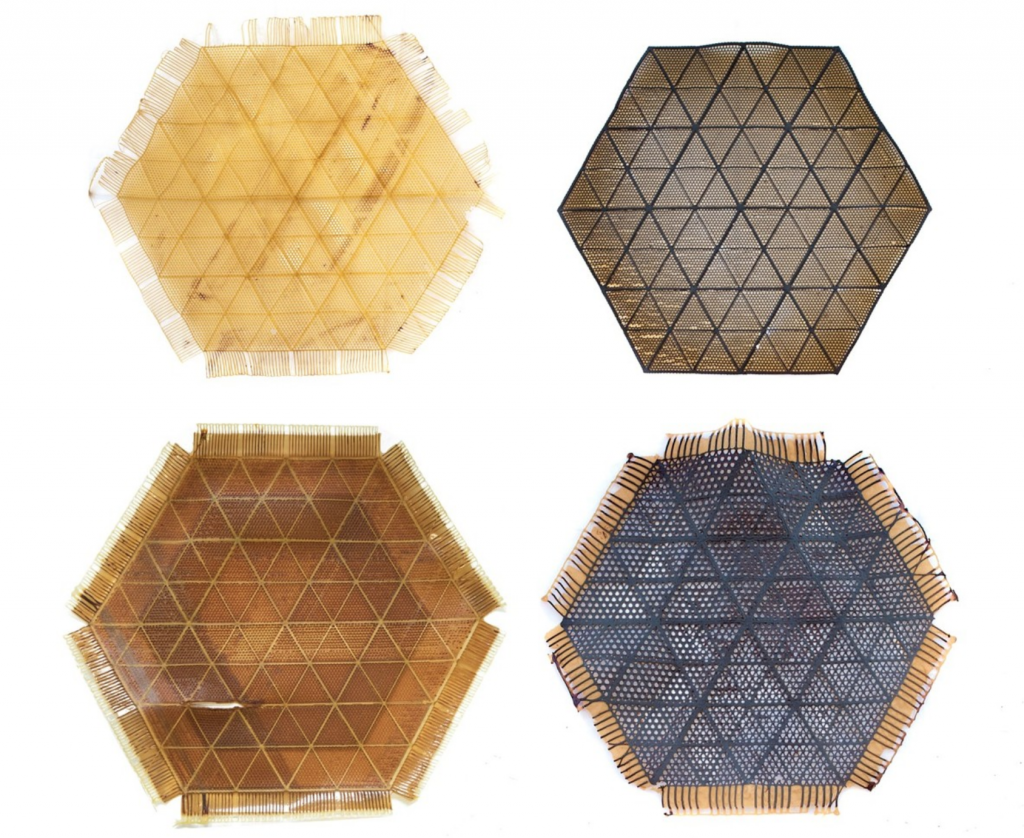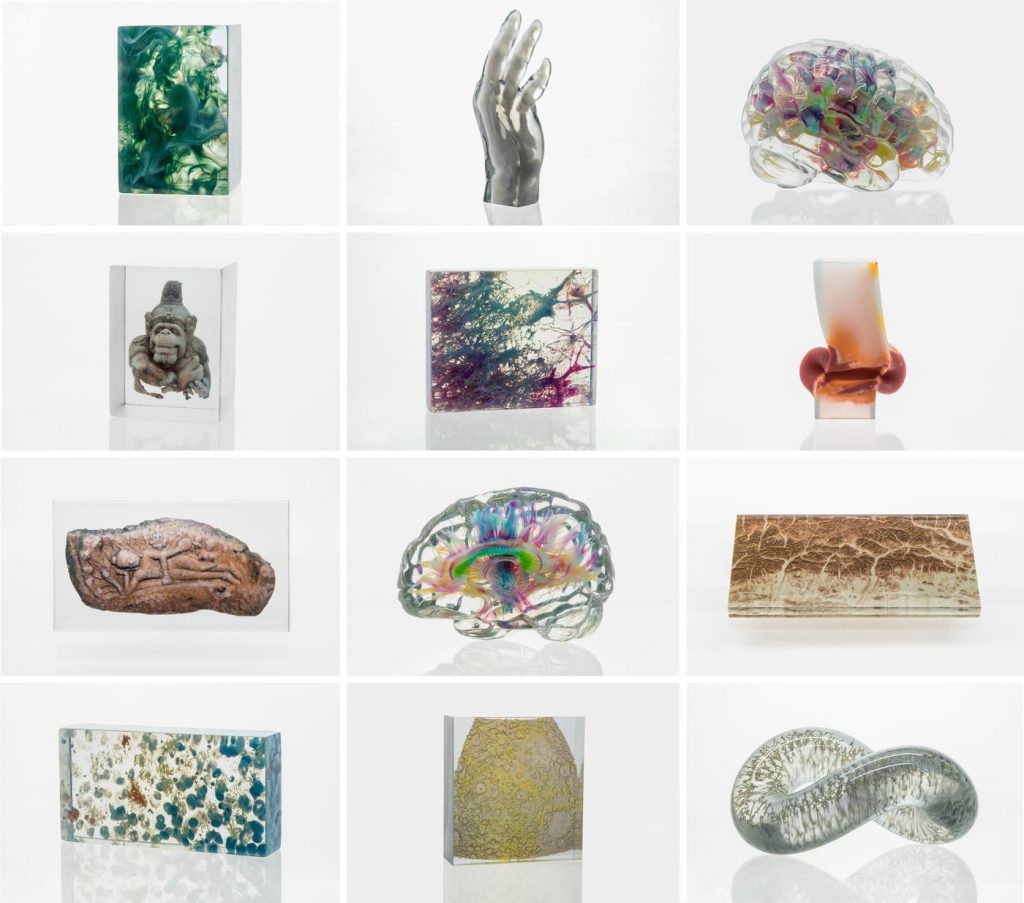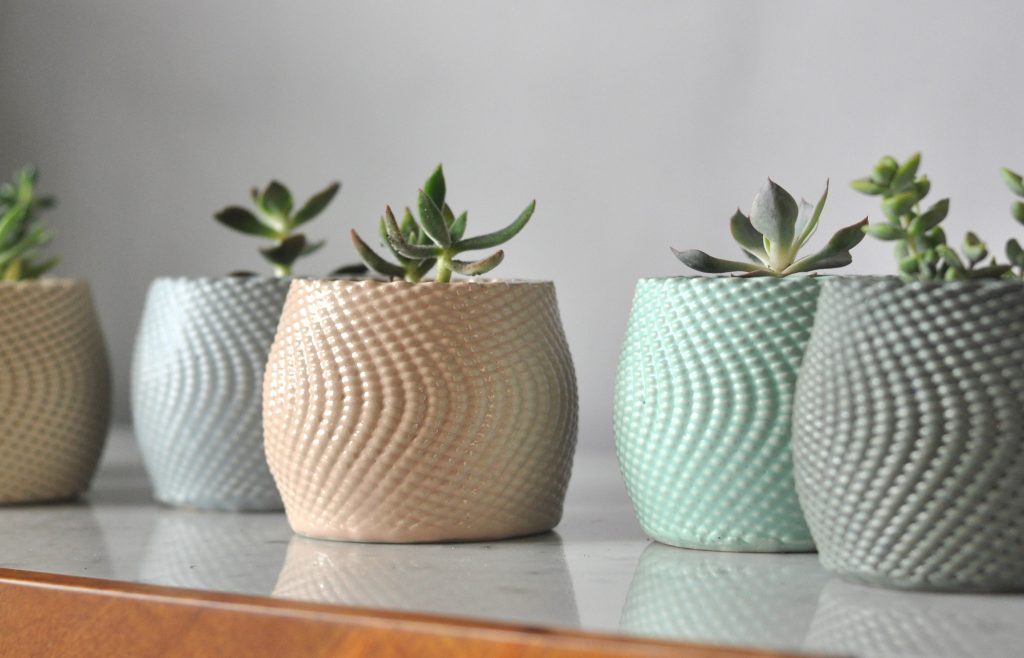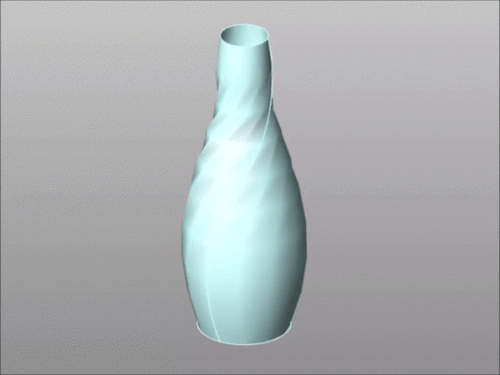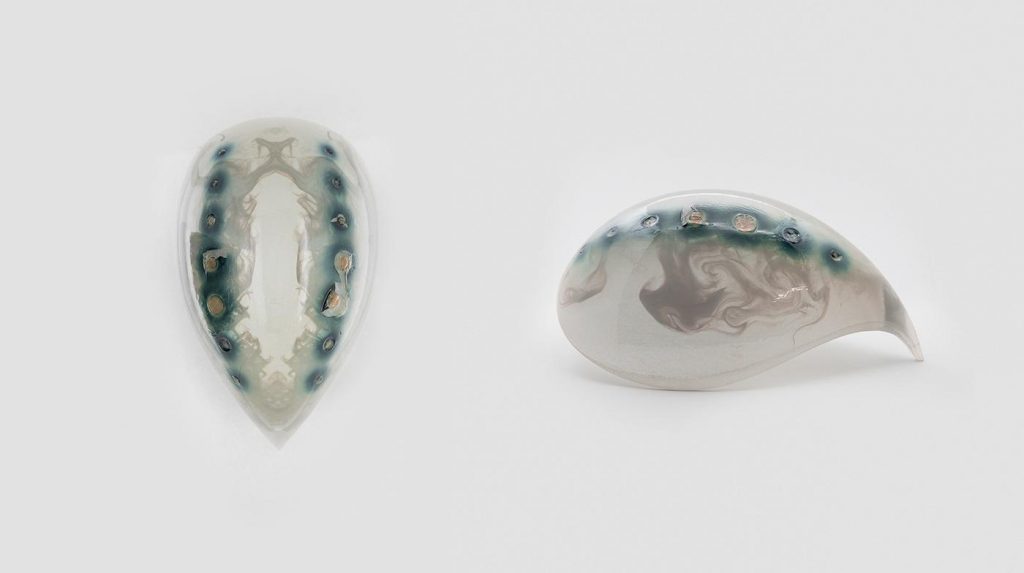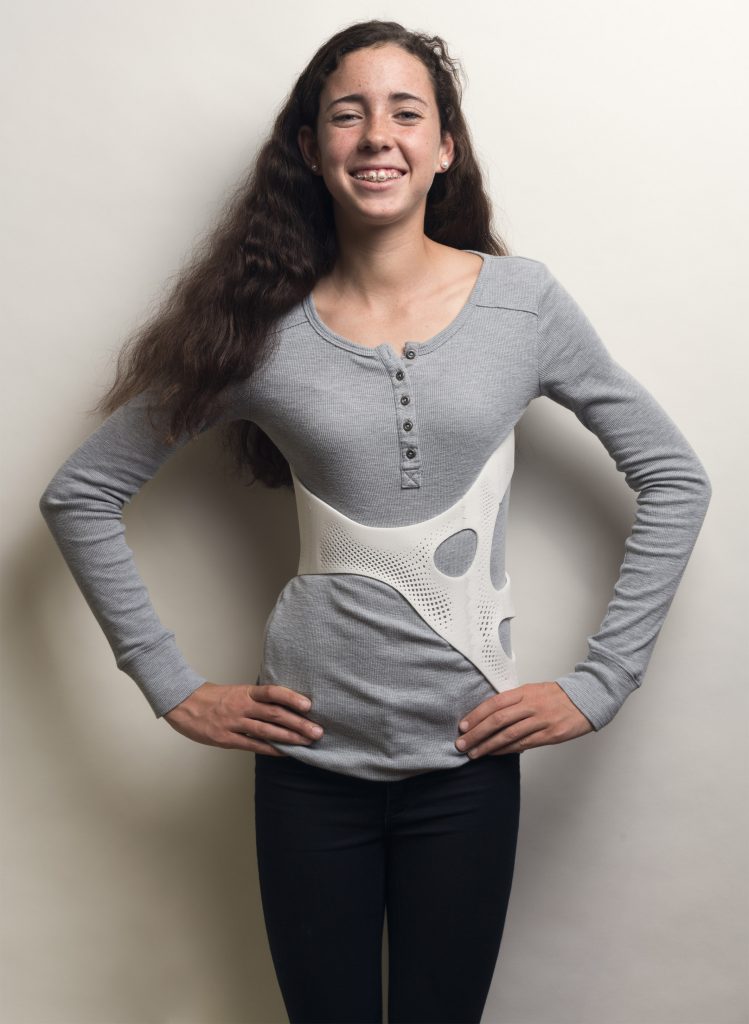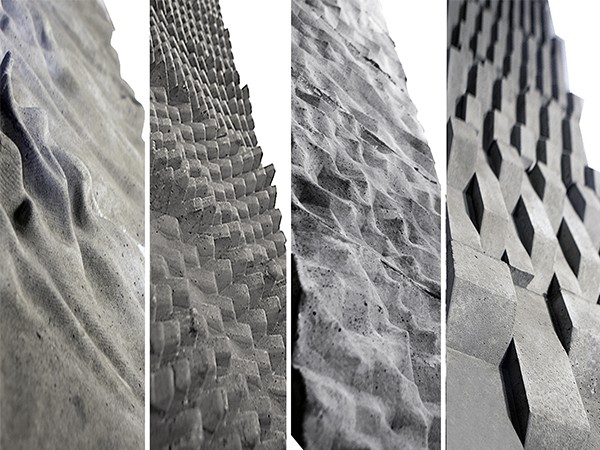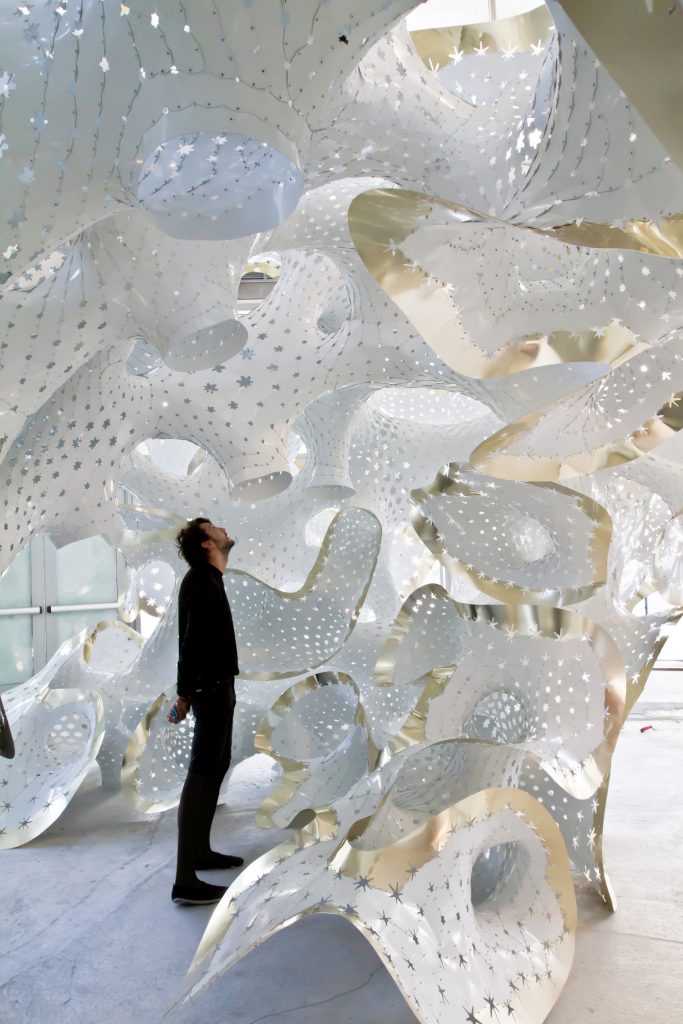var radx = 200;
var rady = 200;
var anglet = 0;
var angless = 0;
var angles = 0;
var anglem = 0;
var angleb = 0;
var anglebb = 0;
function setup() {
createCanvas(640, 480);
noStroke();
}
function draw() {
//background color changing depending on the placment of the mouse
background(mouseX,mouseY, 200);
// creating the 4 ellipses
fill(mouseX, 245, 127);
ellipse(width/4, height/2,radx,rady);
fill(mouseX, 245, 127);
ellipse(width/2, height/4,rady,radx);
fill(mouseX, 245, 127);
ellipse(width/1.33, height/2,radx,rady);
fill(mouseX, 245, 127);
ellipse(width/2, height/1.33,rady,radx);
//This code transforms the 4 ellipses
if (mouseX > width/2){
radx = 50 + (width/2 - mouseX);
}else {
radx = 50 + (width/2 - mouseX);
}
/*6 squares, all different sizes rotating either clockwise or
counter clockwise based on the left top corner of the squares*/
//rotating the smallest square, color stays the same
fill (23, 0, 173);
push();
translate(mouseX, mouseY);
rotate(radians(anglet));
rect(0,0,25,25);
pop();
anglet = anglet + 12
//rotating smaller square , color stays the same
fill(255, 55, 0);
push();
translate(mouseX,mouseY);
rotate(radians(angless));
rect(0,0,60,100);
pop();
angless = angless - 12;
//rotating small square, color changes with the mouse
fill (150, mouseX, mouseY);
push();
translate(mouseX,mouseY);
rotate(radians(angles));
rect(0,0,90,150);
pop();
angles = angles + 10;
//rotating medium square, color changes with the mouse
fill (200, mouseY, mouseX);
push();
translate(mouseX, mouseY);
rotate(radians(anglem));
rect(0,0,140,140);
pop();
anglem = anglem - 10;
//rotating bigger square, color changes with the mouse
fill(mouseY, mouseX, 250);
push();
translate(mouseX,mouseY);
rotate(radians(angleb));
rect(0,0,170,170);
pop();
angleb = angleb + 8;
//roating biggeest square, color changes with the mouse
fill(mouseX,140, mouseY);
push();
translate(mouseX,mouseY);
rotate(radians(anglebb));
rect(0,0,200,200);
pop();
anglebb = anglebb -8;
}
This project was a little bit more challenging for me but definitely made me more interested in this class and coding for art in general. I started by creating an ellipse and making it change the height and the width(shape/size) with the mouse movement. Then added more element and abstraction with the rotating squares and rectangles.
![[OLD FALL 2019] 15-104 • Introduction to Computing for Creative Practice](../../../../wp-content/uploads/2020/08/stop-banner.png)
